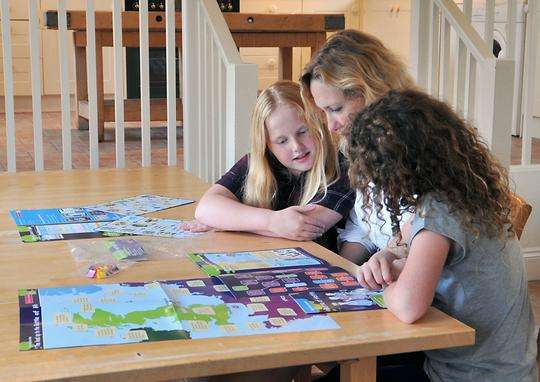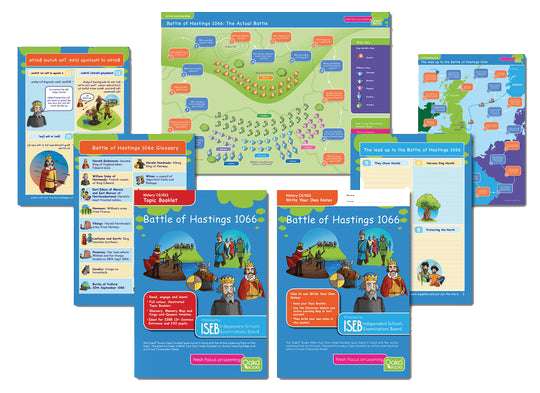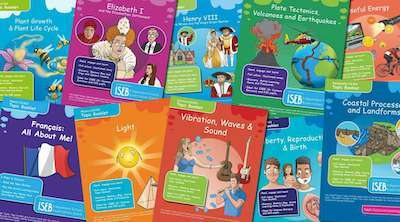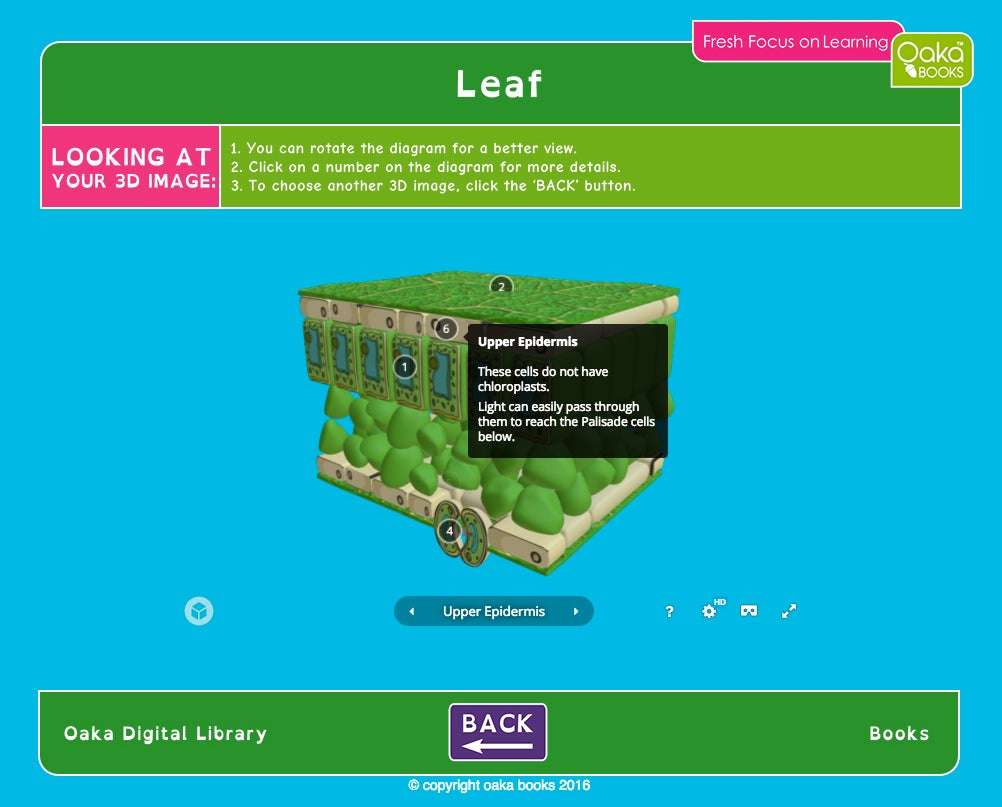Dr. Susie Nyman from the Sixth Form College in Farnborough has introduced a creative and engaging method using balloon modelling to help students understand complex biological systems. As the Curriculum Manager for Health and Social Care with 24 years of teaching experience, Dr. Nyman’s approach makes learning more interactive and enjoyable. Below is a transcript of Dr. Nyman’s explanation.
Dr. Susie Nyman from the Sixth Form College in Farnborough serves as the Curriculum Manager for Health and Social Care. With 24 years of teaching experience at the Sixth Form College, she shared an innovative teaching method:
“I often use balloon modelling because the students really love it. I’ve used balloons to demonstrate the digestive system, which is 11 metres from mouth to anus. I’ve also used them for the female and male reproductive systems to show exactly what 11 metres looks like because one modelling balloon is about a metre long. The students really enjoy it, and it gets them relaxed, allowing them to take in the information easily and understand it better. One of my students, who has dyslexia, said that she never understood the digestive system before, but when I modelled it with balloons, it all came to life and she could visualise what it was all about.
We discussed mechanical and chemical digestion, the oesophagus where the food goes down as a bolus into the stomach which produces acid and contains pepsin. The liver produces bile, which is stored in the gallbladder. The pancreas produces bicarbonate to neutralise the acid and also produces insulin and other enzymes. The small intestine, which is highly folded with villi, has enzymes on the surface to break down large molecules such as polypeptides into amino acids, lipids into fatty acids and glycerol, and carbohydrates into monosaccharides. The final part of the digestive system is the large intestine, which is large in diameter and consists of the colon, rectum, and anus. This part is used for the reabsorption of water and the formation of faeces.”





